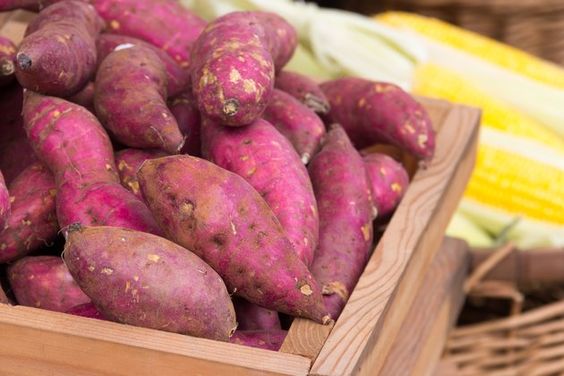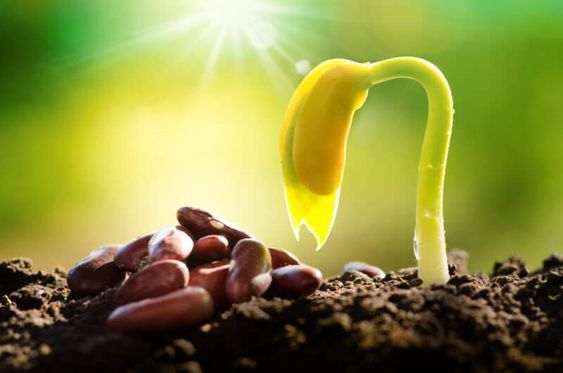Smart Plantation Systems: Cultivating the Future with Technologies for Sustainable Growth
Plantation Systems,The agricultural sector faces a multitude of challenges: a growing global population, climate change, and resource scarcity. To meet these demands, traditional plantation systems need an upgrade. Smart plantation systems, powered by innovative technologies, offer a data-driven approach to agriculture, optimizing resource use, boosting yields, and fostering sustainable practices.
This comprehensive guide delves into the world of smart plantation systems, exploring their core components, functionalities, and the immense benefits they bring to the agricultural sector. We’ll navigate through the exciting realm of Smart Agriculture technologies, examining sensors, robotics, automation, and data analytics – the cornerstones of a smarter and more efficient agricultural future.
Contents
- 1 The Core of Smart Plantation Systems: Technologies for Precision Farming
- 2 Benefits of Smart Plantation Systems
- 3 Types of Smart Plantation Systems
- 4 Emerging Technologies for Smart Plantations
- 5 Case Studies: Success Stories of Smart Plantations
- 6 The Future of Smart Plantations: Building a Sustainable Food System
The Core of Smart Plantation Systems: Technologies for Precision Farming
- Sensors: The eyes and ears of a smart plantation, sensors collect real-time data on various parameters like soil moisture, temperature, humidity, and light intensity. This data empowers farmers to make informed decisions about irrigation, fertilization, and pest control.
- Internet of Things (IoT): This network of interconnected devices facilitates seamless data transmission from sensors to a central platform, enabling farmers to monitor their plantations remotely.
- Robotics and Automation: Smart machines are revolutionizing agriculture, handling tasks like automated planting, weeding, and harvesting with precision. This reduces labor costs, increases efficiency, and minimizes human error.
- Big Data and Data Analytics: The vast amount of data collected by sensors is analyzed using advanced software to identify trends, predict crop health, and optimize farm operations.
Benefits of Smart Plantation Systems
- Enhanced Productivity: Smart systems optimize resource usage and lead to increased crop yields. Precise irrigation reduces water waste, while targeted fertilization maximizes nutrient uptake by plants.
- Improved Resource Management: Data insights empower farmers to make informed decisions about water usage, fertilizer application, and energy consumption, leading to significant resource savings.
- Reduced Labor Costs: Automation of tasks like weeding and harvesting frees up manpower for other crucial activities, potentially reducing labor costs in the long run.
- Minimized Environmental Impact: Smart irrigation and targeted nutrient application minimize water pollution and promote sustainable agricultural practices.
- Improved Crop Quality: Real-time monitoring and precise resource management lead to healthier crops, reduced spoilage rates, and improved overall crop quality.
- Enhanced Farm Management: Smart systems provide farmers with a holistic view of their operations, allowing them to make informed decisions based on real-time data and optimize farm management practices.
Explanation: How Smart Plantation Systems Work
Imagine a vast plantation equipped with a network of sensors that constantly monitor soil moisture, temperature, and nutrient levels. This data is transmitted wirelessly to a central platform accessible via a smartphone or computer. Farmers can then analyze the data to determine the precise irrigation needs of each section of the plantation, ensuring optimal water usage. Similarly, sensors can detect the early signs of pest infestation, allowing for targeted application of pesticides, minimizing environmental impact.
Types of Smart Plantation Systems
Smart plantation systems encompass a diverse range of technologies tailored to address specific needs. Here’s a glimpse into some of the most common systems:
- Precision Irrigation Systems: These systems utilize soil moisture sensors and weather data to deliver the precise amount of water to crops, minimizing water waste and optimizing irrigation schedules.
- Variable Rate Technology (VRT): This technology utilizes sensors and mapping data to determine the specific needs of different zones within a plantation. This allows for targeted application of fertilizers, pesticides, and seeds, ensuring optimal resource use and maximizing crop yields.
- Automated Greenhouse Management Systems: Greenhouses equipped with environmental sensors and control systems can maintain optimal temperature, humidity, and CO2 levels, resulting in faster growth cycles and higher yields for specialty crops.
- Livestock Monitoring Systems: Sensors implanted in animals or worn as collars can track vital signs, movement patterns, and health parameters of livestock. This allows for early detection of illness, optimal management of feeding schedules, and improved animal welfare.
- Drone-based Agriculture: Drones equipped with sensors and cameras can be used for aerial crop health monitoring, pesticide application, and field mapping, providing valuable insights and facilitating efficient management practices.
Emerging Technologies for Smart Plantations
The realm of Smart Agriculture is constantly evolving, with new technologies emerging to further enhance agricultural practices. Here are some exciting developments on the horizon:
- Artificial Intelligence (AI): AI algorithms are being developed to analyze vast amounts of agricultural data and predict crop yields, pest outbreaks, and disease threats. This allows for proactive management and minimizes risks associated with traditional farming methods.
- Blockchain Technology: Blockchain can be used to create a secure and transparent record of agricultural data, from farm to fork. This promotes trust and traceability within the food supply chain, assuring consumers of the quality and origin of their food.
- Robotics for Precision Harvesting: Advanced robots are under development with the capability of harvesting fruits and vegetables with precision, minimizing damage and improving overall harvest efficiency.
Case Studies: Success Stories of Smart Plantations
Real-world examples showcase the transformative potential of smart plantation systems. Let’s explore a few success stories:
- Precision Irrigation in California: California farmers have adopted smart irrigation systems that utilize soil moisture sensors and weather data. This has resulted in significant water savings, with some farms reducing water usage by up to 50%, while maintaining or even increasing crop yields.
- Greenhouse Automation in the Netherlands: Dutch greenhouses are renowned for their advanced automation technologies. These systems regulate temperature, humidity, and CO2 levels precisely, leading to increased production of high-quality fruits and vegetables year-round.
- Livestock Monitoring in Australia: Australian cattle ranchers are implementing sensor-based livestock monitoring systems. These systems allow them to remotely track the health and location of their animals, enabling early detection of illness and ensuring optimal herd management.
The Future of Smart Plantations: Building a Sustainable Food System
Smart plantation systems offer a roadmap to a future where agriculture is not only productive but also environmentally responsible. By embracing these technologies, we can:
- Reduce our environmental footprint: Smart irrigation and targeted resource application minimize water pollution and promote sustainable land management practices.
- Enhance food security: Increased crop yields and improved resilience against pests and diseases contribute to a more stable food supply.
- Empower farmers: Smart systems equip farmers with the tools and knowledge to make data-driven decisions, improve farm profitability, and ensure the long-term viability of their operations.
Plantation Systems,The future of agriculture is undoubtedly smart. As technology continues to evolve and become more accessible, smart plantation systems hold the key to unlocking a new era of sustainable and efficient food production. By embracing innovation and collaboration, we can cultivate a world where agriculture thrives in harmony with the environment, nourishing a growing population and ensuring food security for generations to come.




